The client and server are not always directly connected. In many networks, so-called proxy servers function as a mediating entity that allows better distribution of the data stream and implementation of other security mechanisms.

Sometimes it is also private users who choose to divert their Internet traffic through a proxy server to hide their address to surf anonymously. In this tutorial, we show you step-by-step how to configure a proxy server with Windows 7, 8, and 10, what problems can arise, and how to solve them.
Table of Contents
What is a Proxy Server?
A proxy server acts as a communication interface between two systems. As a mediation instance, a proxy server receives requests from the client and forwards them to the destination server with its address as the sender. Many proxy service providers provide proxies at very affordable prices such as vip72.com, which is the most popular one in this space.
When surfing the Internet, private users come into unknowingly contact with reverse proxies, high-powered servers used by companies to protect their servers from attacks from the Internet, spread the load across their network, and increase the availability of their online services.
Ahead of productive systems, they receive requests on their behalf and redirect them to the server in the background. The Internet user perceives nothing of all this.
Similarly, so-called forward proxies act in corporate networks to group data traffic to the Internet, implement filtering functions or increase the speed of browsing with caching. In this case, the proxy server acts as the only access to the Internet.
If an employee of the company wanted to access online services from the local network, his browser’s request would first circulate through the proxy, allowing the company to block certain content on the Internet and thus limit private use of the Internet among employees.
Using a Proxy Privately
When a private user uses a proxy server, they usually prioritize anonymity on the network by hiding their system behind the IP address of the proxy provider, which may be for a variety of reasons: in addition to protecting the private sphere in a time of constant surveillance, access to content blocked by IP-based geolocation is also a decisive reason for many users. This blocking system allows providers to limit their online services to certain countries or websites such as the Pirate Bay
This is what happened a few years ago with Netflix, the platform for viewing movies and series on the Internet, which at first was not available to Spanish users, who, using an American proxy, could circumvent the blockade (today this possibility no longer exists).
On the Internet, numerous providers offer proxy services free of charge. However, Internet users should give some thought to the choice of the server that will intervene in the traffic between their computer and the Internet. A proxy may be able to remove fingerprints, but providers have full access to the data circulating on their server.
If you want to use a forwarding server, the corresponding settings can be made in the Windows Control Panel or directly in the browser. Here’s how.
Setting up a Proxy Manually in Windows
In principle, private users who access the Internet with their computer via LAN or WLAN do not need to manually change the proxy settings. A change to the default settings is only necessary if data traffic has to circulate through a proxy server.
Incorporate networks, on the other hand, it is common to group the Internet traffic with a forward proxy. Internet access then requires a manual proxy configuration or a configuration URL.
In both cases, the configuration is carried out in the Windows network settings. Depending on the version of the operating system the path leading to this section.
Configuring a Proxy Server with Windows 10
To get started, click on the Windows menu in the “Control Panel” section.
Control Panel in Windows 10
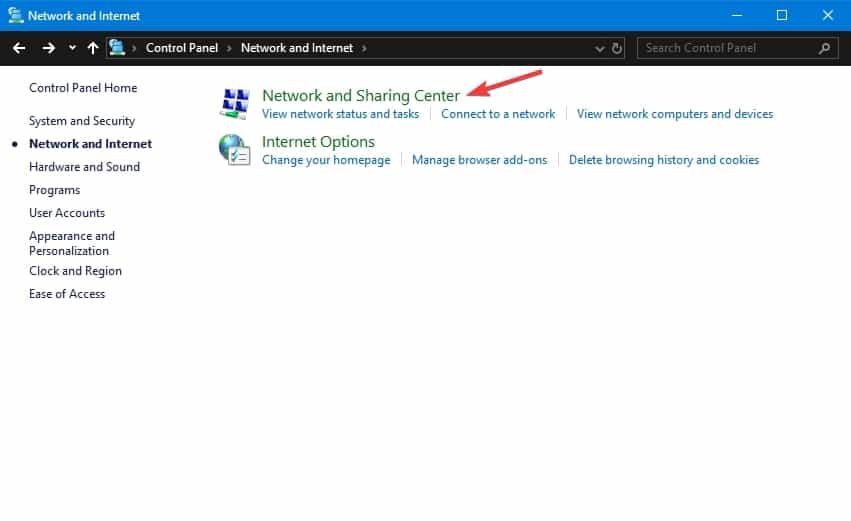
From here we go to “Network and Internet” and within this section, to “Internet Options.
Network Options in Windows 10
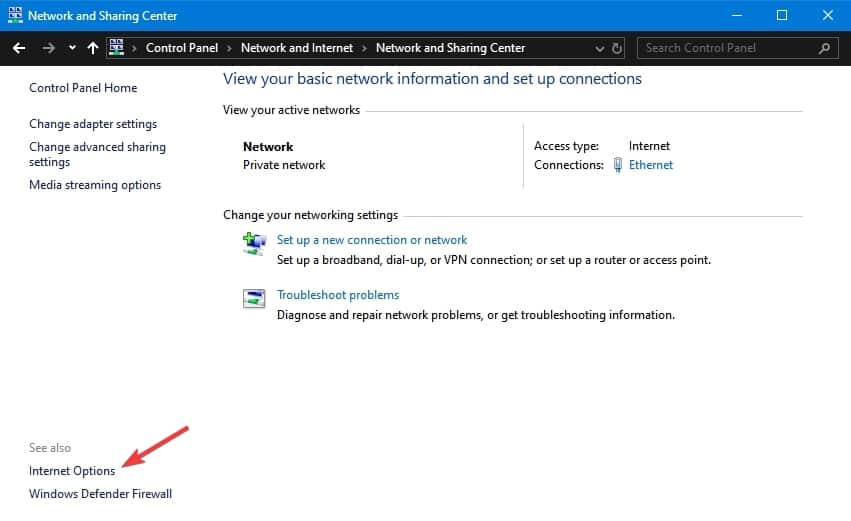
Now, select the “Internet Properties” as shown below.
Internet Properties menu in Windows 10
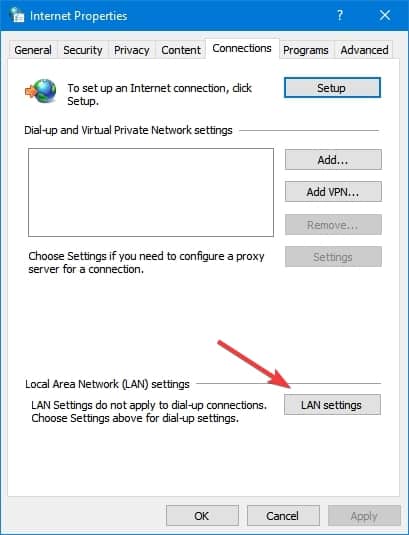
In the “Connections” tab, you will find the “LAN Settings” button, which opens the “Local Area Network (LAN) Settings” window after clicking.
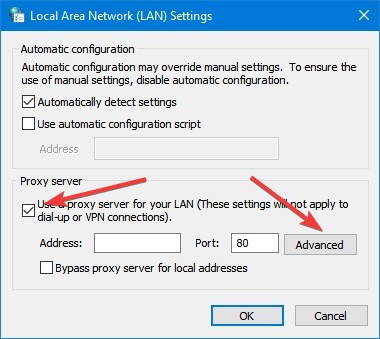
This dialog box contains three configuration options. Windows can recognize a proxy configuration automatically (Automatically detect settings), use an automatic configuration script or use manual configuration (Use a proxy server for your LAN).
If the proxy server needs to be configured manually, it is recommended that you do not check the box for automatic configuration recognition, as this option may overlap with manual configuration. Instead, as you want to configure a shared datacenter proxies server you have to check the third option, where you enter the proxy address and port number.
By clicking on “Advance” you land in the “Proxy settings” dialog box, where you can configure various proxy servers for HTTP, HTTPS, FTP, and SOCKS. If all protocols have to use the same server, just check the box “Use the same proxy server for all protocols”. It is also possible to define exceptions (“Exceptions”) so that we can include in the text field those addresses that do not have to be requested with the proxy server.
Advanced proxy settings in Windows 10
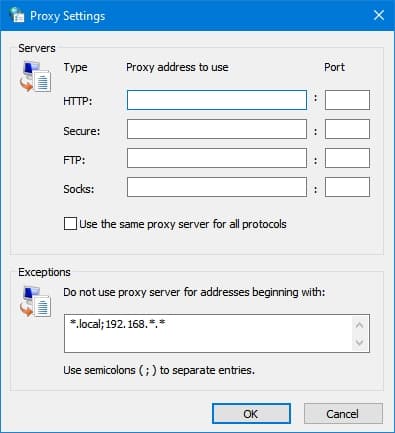
The data you need for the configuration is received from the proxy server provider.
Some servers are protected with individual access data. In this case, access to them requires a personal user account with a password.
Proxy Server Errors and How to Fix Them
If the connection to the proxy server has been interrupted, the browser displays an error message that could read “Proxy server does not respond” or “Proxy server denies connection”.
The proxy server is refusing connections
Messages of this type can originate from various causes and result in a faulty Internet connection, such that web pages outside the local network cannot be accessed in whole or in part.
To resolve this proxy error, the first step is to make sure that you do indeed want to use a proxy and that you have configured the system in this way because sometimes various adware, malware, or browser plugins can change the proxy configuration without the knowledge of the users themselves.
Especially those who usually browse without a proxy should be aware of such error messages. To check whether viruses or trojans are responsible for the redirect to the proxy server, an exhaustive scan of the system is recommended. If extensions have recently been installed in the browser, they should also be checked and deactivated if necessary.
If, on the other hand, a proxy is being used consciously and this error appears, it could be due to one of these causes:
- The proxy server is overloaded: the proxies available for free on the Internet are the most popular when it comes to anonymizing online activity and avoiding geotargeting, but if the demand exceeds its capacity there are falls due to overload. It is then when the browser shows the error “The proxy server does not respond”. Users then have the choice to wait or use a different server. Another option is to ask the administrator when it will be available again.
- The proxy server is offline: if a server repeatedly disconnects from the network it ends up not offering proxy services. This may be due to technical failures or the insolvency of the provider. The only option, in this case, is to choose another forwarding proxy or browse without it.
- The IP of the proxy server has changed: to solve this error, the current server address must be searched for and the configuration changed accordingly in the system settings or the browser.
- The connection data is wrong: this is the most frequent cause of the proxy error. Before contacting the provider or looking for an alternative proxy, it is a good idea to check all settings for typographical errors in the IP address or port numbers.
- When a proxy is used privately, connection errors are usually avoided by configuring the system to automatically recognize the settings. In the case of corporate networks, it is often necessary to use a proxy server to establish external connections. In the case of connection failures, it is recommended to go to the administrator in charge.
